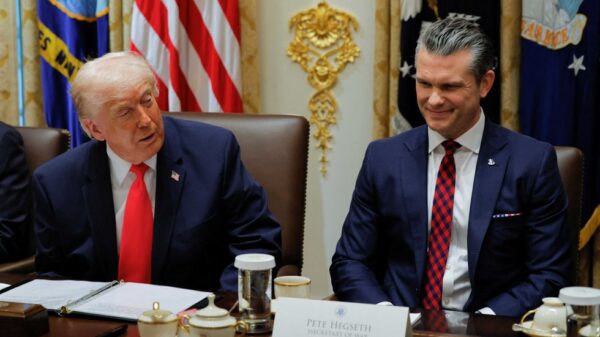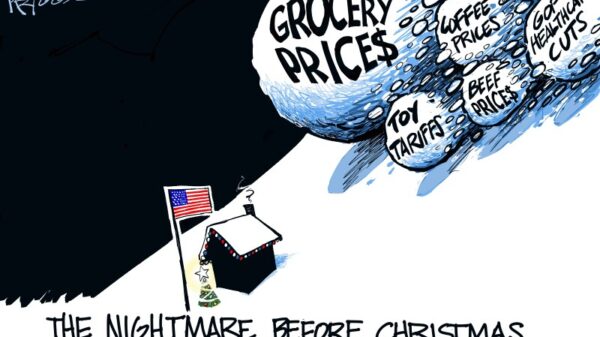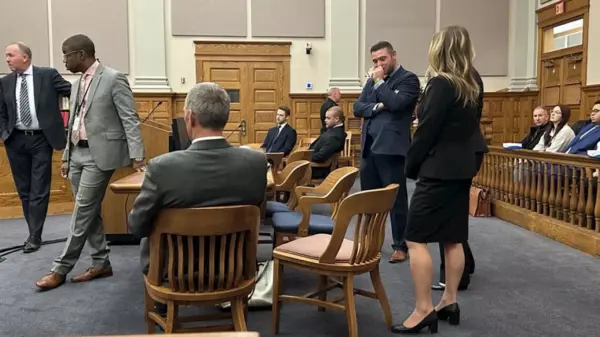President Donald Trump has intensified his opposition to mail-in voting, recently announcing plans for an executive order aimed at ending this method of voting in federal elections. The authority to regulate elections is primarily vested in Congress and state legislatures as outlined in the Constitution, specifically in Article 1, Section 4 and Article 2, Section 1. Nonetheless, the political landscape has evolved, leading to contentious debates surrounding electoral processes.
Both major political parties in the United States have shown a willingness to manipulate electoral rules to their advantage. This trend raises questions about the integrity and fairness of the electoral system. Critics argue that both Republicans and Democrats engage in gerrymandering when it serves their interests, compromising the principle of fair representation.
Opponents of mail-in voting within the Republican Party often assert that it disproportionately benefits Democratic candidates. While this claim remains contentious, it is noteworthy that President Trump has stated he will not utilize mail-in ballots himself. Conversely, many Democratic supporters of mail-in voting believe it enhances their electoral chances. This suggests that neither side is acting purely out of principle.
Concerns about mail-in voter fraud have not been substantiated by significant evidence. The likelihood of an individual committing fraud is exceedingly low, as the penalties for such actions are severe and the impact on election outcomes minimal. This begs the question: are fears about mail-in ballots overblown?
Data from previous elections illustrates changing trends in mail-in voting. In the 2016 election, approximately 21% of votes were cast via mail or absentee ballots. By the 2020 election, this figure rose to 46%, reflecting a significant shift. In the upcoming 2024 election, forecasts suggest that around 30% of votes will again be cast by mail. These statistics indicate that mail-in voting has become a crucial aspect of the electoral process.
Currently, more than half of U.S. states permit no-excuse mail-in voting. Eight states, including California and Colorado, conduct elections predominantly by mail, automatically sending ballots to every registered voter. Interestingly, both states represent contrasting political landscapes, yet they support mail-in voting.
Research has shown that states transitioning to universal mail-in voting often experience increased voter turnout, with an uptick of 2-3%, predominantly benefiting Democratic candidates. This surge could be pivotal in close races; notably, in the 2020 election, Trump lost three states by margins of less than 0.7%.
While voter fraud is a serious issue, evidence indicates that it remains minimal in practice. In December 2020, Attorney General William Barr confirmed that the Department of Justice found no credible evidence that electoral fraud influenced the outcome of the presidential election. This statement underscores the need for a more nuanced understanding of mail-in voting.
Instead of continuing his campaign against mail-in voting, Trump might consider focusing on boosting Republican voter turnout. Mobilizing the millions of Republicans who do not participate in elections—whether by mail or in person—could significantly impact future outcomes. Prioritizing these efforts may prove more effective than pursuing a contentious battle over voting methods.
As the debate over mail-in voting continues, it is crucial for all stakeholders to engage in discussions rooted in facts and to prioritize the integrity of the electoral process. The current fixation on mail-in ballots may detract from more pressing issues surrounding voter participation and engagement in the democratic process.






































































